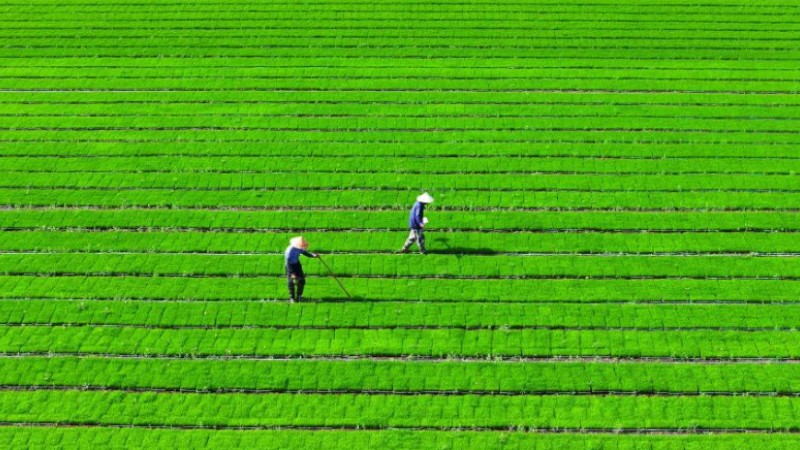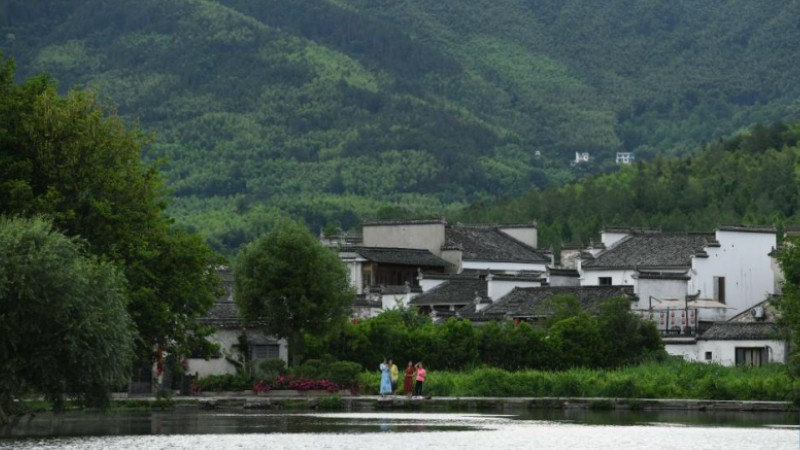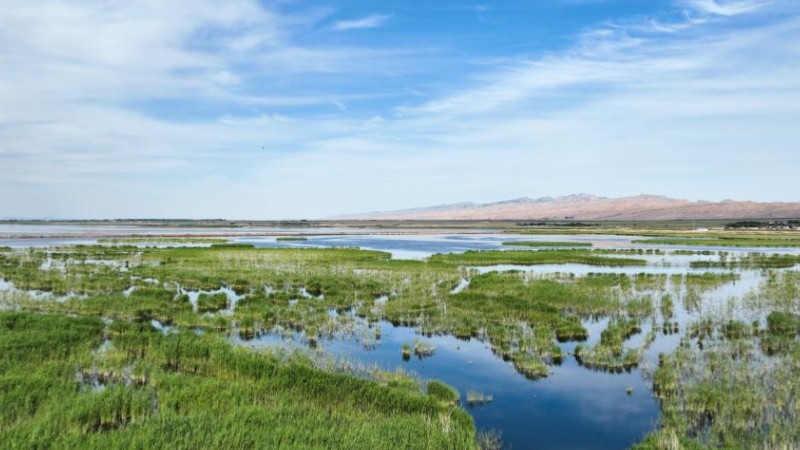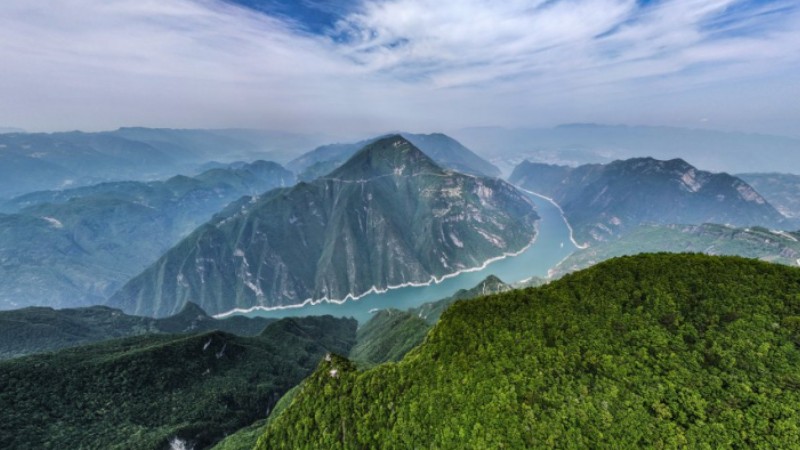Building "green Great Wall" with integrated ecological efforts
HOHHOT, June 7 (Xinhua) -- Cattle and sheep freely roam across the lush Xilin Gol grasslands in north China, indulging in their annual feast of fresh grass.
A 45-day grazing moratorium enforced here to help nurture tender grass has recently ended, allowing these animals to graze and nourish themselves.
Xilin Gol League and Hulun Buir City in Inner Mongolia Autonomous Region administer major grassland areas in the border region, where the grazing moratorium covered more than 220 million mu (about 14.7 million hectares) and 93 million mu of grasslands, respectively, this spring.
The seasonal grazing ban, coupled with 250 million yuan (about 35 million U.S. dollars) in government subsidies provided to some 110,000 herding families in Xilin Gol League alone, exemplifies the integrated ecological efforts being made to build the "green Great Wall" in north China.
President Xi Jinping called for sustained efforts to create new miracles in tackling desertification during an inspection tour on Monday and Tuesday in the city of Bayannur in Inner Mongolia.
The autonomous region, which Xi has visited for the third time since the 18th National Congress of the Communist Party of China (CPC) in 2012, has more than 1.3 billion mu of grassland, accounting for about 22 percent of the country's total.
In the past 10 years, the grassland vegetation coverage in Inner Mongolia increased thanks to integrated ecological efforts such as the grazing ban and incentive policies for grassland protection and the restoration treatment of degraded grassland vegetation and soil.
Xi, also general secretary of the CPC Central Committee and chairman of the Central Military Commission, said on the latest tour that China should apply systems thinking and adopt a holistic approach to improving its ecosystems by promoting the integrated conservation and restoration of mountains, waters, forests, farmlands, lakes, grasslands and deserts.
During his Monday visit to the region's Ulan Suhai Lake, also known as the Wuliangsu Lake, Xi called for concerted efforts to treat and protect it by pursuing the clear path ahead to bestow on the offspring a beautiful homeland of lush mountains, lucid waters and fresh air.
Decades ago, yellow algae blanketed the lake in summer, resulting in the deaths of large numbers of fish and driving away birds. In order to treat the pollution, the city government of Bayannur, which administers the lake area, has encouraged farmers to use organic fertilizers.
Over the years, heavy polluters in the lake area have been shut down, and sewage treatment plants have been built or renovated. Currently, all sewage discharged from industrial and agricultural production, livestock and poultry breeding, tourism, and residential areas near the lake is treated to meet official standards before discharging.
During his visit this week, Xi also urged the country to use a decade to build the Three-North Shelterbelt Forest Program into a fully functional and unbreakable green Great Wall and ecological security barrier in northern China.
The period from 2021 to 2030 is the construction period of the program's sixth phase, which is significant for consolidating and expanding the achievements of desertification prevention and control, Xi said.
Over the past decade, Inner Mongolia has planted 122 million mu of trees and 286 million mu of grass, with the area of desertified land continuously reduced, data from the regional government showed.
Photos
Related Stories
Copyright © 2023 People's Daily Online. All Rights Reserved.









